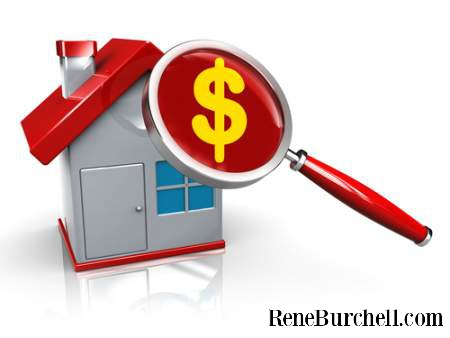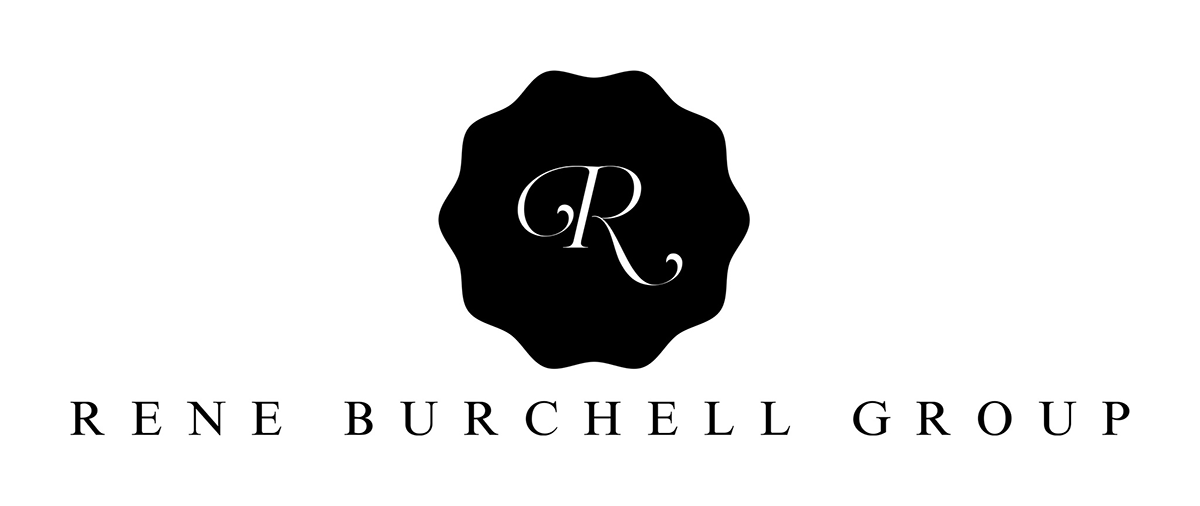Selling your house promptly and for top dollar is your number one priority. You’re focused on getting the most out of your experience with selling your property, and you know that marketing has a lot to do with how quickly your home sells. There are a lot of factors that contribute to a successful marketing campaign, but in real estate, there are three that deserve special considerations: Pricing, Staging, and Content.
The Dollar Sign is the Marketing Tool
 When you price your house competitively and efficiently from the beginning, you attract the best pool of qualified buyers. Those buyers likely shopped online, narrowed search results by price, and find the house that’s suited to them. However, an incorrectly priced home could completely bury your listing in all the wrong places, so the right buyers can never find it. In fact, pricing your house wrong could create a stigma that the property is unsellable for one reason or another.
When you price your house competitively and efficiently from the beginning, you attract the best pool of qualified buyers. Those buyers likely shopped online, narrowed search results by price, and find the house that’s suited to them. However, an incorrectly priced home could completely bury your listing in all the wrong places, so the right buyers can never find it. In fact, pricing your house wrong could create a stigma that the property is unsellable for one reason or another.
-Earning a Bad Reputation
Consider this: When you put your house up for sale, you tap into an existing pool of buyers that are out currently shopping for homes. Those buyers investigate your offerings and rule your property out, or they get inquisitive and move forward in their search. No one bites right away. You wait. When there’s still no activity, and you decide maybe the price put buyers off, you drop the price. Eventually, the buyers in the pool you’ve tapped into beginning asking themselves why you keep reducing the cost of your house for sale, and why no one is buying. That stigma, that nasty reputation, makes the house unsellable for all intents and purposes. Your next best course of action, then, is to pull the listing, wait for the current pool of buyers to settle into their newly purchased homes, and then try again with a more accurate price.
– Missing the Boat of Buyers
Another unfortunate side effect to incorrectly pricing your house for sale is that you may inadvertently value your home for sale at such a number that the people who would buy it can’t find it, and the people who can locate it can’t afford it.
An old advertising tactic was to switch the numbers of a price tag in a retail store from a dollar amount that’s even to an amount with .99 instead. For example, a blouse has a price tag of $10. An advertising expert decided a buyer may be more tempted to act if the shirt was $9.99. The savings is only a penny, but the subjective value is that the customer feels he or she is spending nine dollars instead of ten. Although that method of advertising is outdated and far from being a smart industry secret, you’ll still see price tags with the .99 philosophy.
When you apply that marketing tactic to real estate and knock a price down from a $200,000 to a $199,999, you change the way your house responds to search queries. Your house will no longer show in the searches where a user entered $200,000 – $300,000. They’ll never see your listing. Furthermore, when a user searches $100,000-$200,000, you’re now priced at the top of that buyer’s price range, a stretch that might rule you out of the running.
-Techniques for Proper Pricing
There are several tools, tips, tricks, and things you can do to research how to price your house for sale most accurately.
Free home valuation calculator: Online home valuation calculators are a fun, quick, easy, and free way to get the ball rolling. Choose your website; hundreds offer free valuation calculators. Enter your information into the digital form, and within seconds you’ll see recommendations of what your home may be worth. However, these calculators leave much to be desired. They’re far from accurate, and they lack the human factor to assess condition or upgrades, etc.
Listing appraisal: Listing appraisals are a great way to get a non-biased opinion of what your house is worth in the current real estate climate. Your investment of a few hundred dollars will produce a report that demonstrates the calculations that determined the opinion of the appraiser. You can use a listing appraisal for your benefit to get an idea of your home’s worth, but the evaluation holds no other value, and you cannot use it in the official transaction.
Real Estate Agent Expertise: Your real estate agent is your best source for obtaining guidance about pricing your house for sale. Your real estate agent has assessment skills similar to that of the appraiser in being able to examine and evaluate a property to determine its value. Your agent also has niche-specific know-how that your appraiser might not have.
Getting the price accurate is an essential part of marketing your home for sale. Once you’ve set the best possible price, you can begin shifting your attention towards actions that support that asking price, such as staging.
Staging | Dressing Your House to Sell
 The term staging in real estate means to prepare a house for sale by decluttering, organizing, cleaning, neutralizing, arranging, and decorating the environment in such a way that potential buyers find themselves wooed by the possibilities.
The term staging in real estate means to prepare a house for sale by decluttering, organizing, cleaning, neutralizing, arranging, and decorating the environment in such a way that potential buyers find themselves wooed by the possibilities.
You can work through the process of staging your house yourself, or you can outsource portions or the entirety, depending on your needs. The goal is to dress the property for success, outside and in – to win the hearts and imaginations of house-hunters to the extent that they submit offers to purchase the home.
Declutter: Step one of staging is to get rid of everything you no longer need or will not actively use before your move. The best way to do this is to take three labeled bins into one room at a time. Mark the bins “Need,” “Sell,” “Donate.” In addition to the storage containers, bring an accordion file for important papers and documents, and a photo box to safely store memorabilia. If you believe you’ll use an item, but not until after you move, put it in the need bin. If you don’t need it anymore, but it’s not junk, put it in the sell pile. Later, you can have a yard sale and earn back some cash. And, anything you don’t think will sell, but you aren’t prepared to trash, put into the donate bin. Complete one room at a time before moving to the next.
Organize: Once you’ve eliminated waste, packed what you can store for later use, and stored away what you’re going to sell or donate, you’ll organize what’s left. Keep clothes put away, trash tidied, and belongings put away so that any time a potential buyer wants to pop in and view the property, you’re company ready.
Clean: This phase requires a deep clean like no other. Outsourcing may be tempting here. Bleach bathtubs, toilets, and sinks. Sweep ceiling fans and air vents in addition to floors. Scrub walls and baseboards. Clean sells.
Neutralize: To neutralize a space means two things. First, it means to remove your personality from the atmosphere by taking down photographs of people, religious or political statements, personal collections, books, movies, or anything that a potential buyer may find diverse enough to be offensive. It also means to tone down any bold colors, patterns, or prints in your carpets, curtains, bedding, or rugs. Trust a soft, warm, neutral color palette.
Decorate: Based on a soft, warm, natural color palette, add design elements to enhance the space. Design elements should be generic, meaning images are of nature, not people, and should appeal to any audience.
Curb Appeal: More significant than the inside is the out. When you’re staging a house, the outside holds the curb appeal – the ability to make a first impression. Curb appeal is the first rush of energy a buyer feels when they arrive at your property. They’re either excited to see more or hesitant about what they’ll discover.
Staging a house is a way of dressing it for a blind date with a potential new owner. You want the house to look and smell its best, so buyers want to envision themselves living there.
Content | A Marketing Must
 When you list your house for sale, you might be tempted to share the links on your social networks, which is a great idea! But what you’re sharing in those links is media. You’re sharing a property description, images, and a virtual video tour. Don’t sell yourself, your house, or your buyers short by using less than professional quality media when marketing your home for sale.
When you list your house for sale, you might be tempted to share the links on your social networks, which is a great idea! But what you’re sharing in those links is media. You’re sharing a property description, images, and a virtual video tour. Don’t sell yourself, your house, or your buyers short by using less than professional quality media when marketing your home for sale.
Property Description: People struggle with writing property descriptions that sell. There’s a gross overuse of words like charming, quaint, adorable, cozy, comfortable. Those words are used a lot because they’re comfortable and they’re pretty; they invoke “feel good” emotions, but they don’t tell the buyer anything at all about the property. It’s a charming house – but what building materials were used in its construction? It’s a quaint house, but what color is it? It’s an adorable house, but what architectural style does it offer? It’s a cozy house, but is it energy efficient? Use your words wisely and pick words to describe your property that a potential buyer might also be searching for online.
Professional Photography: While it’s true that smartphones and DSLR cameras make it easy to walk through a property to conjure some DIY images and videos, those visuals won’t hold the same power to viewers as high-quality professional images. Not only do professional photographers know the ins and outs of how to use their digital cameras, but they also understand subtle nuances of how to photograph real estate. Photographers know from experience to take pictures at sunset when the twilight sky makes a beautiful backdrop, or to shoot the property from the edge with a slight tilt of the camera for a more efficient angle. Your investment of a few hundred dollars for high-quality imagery could come back to you by the thousands when you attract the right buyer who can see the value in your property.
Virtual Tour: Buyers know they don’t have to load up the car and set out on an errand to tour your house for sale. Instead, buyers can take virtual tours of houses all day long from the comfort of their own home. When a buyer isn’t impressed by the virtual tour, they often rule the property out altogether, refusing even to visit in person for a physical peek. On the contrary, a high-quality, high-energy, fast-paced virtual tour could spawn more intrigue.
You’ve gone through the troubles to price your house accordingly and to stage your home efficiently. This is the time to showcase your efforts by hiring professional photographers/videographers to create your slideshow images and virtual tours.
Additional Marketing Tips
Pricing, staging, and quality content for promoting your property are the most significant steps you can take in marketing your home. But talk with your real estate agent because your agent has a plan. Your real estate agent will help you price your home for sale, but will then share that listing with the Multiple Listing Service, or MLS, a database real estate agents, share to access information about properties. Your agent will also contact clients in his or her database whose criteria matches yours. A sign will be placed in your yard, flyers printed, postcards mailed, open houses scheduled, and social media posts published.
Conclusion
Marketing real estate isn’t the sole responsibility of the agent, nor is it the task of the seller. Instead, it’s a cooperative effort between the agent and the seller to sell the house quickly, efficiently, and for top dollar. Begin with adequately pricing the house to sell in your current market. Stage the home to support the price, demonstrating that the house is worth what you’re charging. Use high-quality images and videos for virtual tours.
Call Rene Burchell today at 469-877-3303 to tour available houses for sale in Frisco and surrounding areas.


